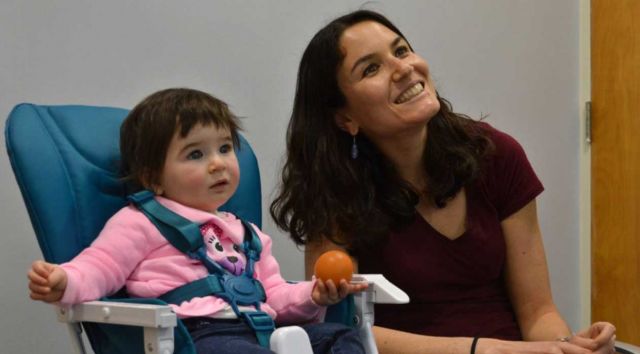
Relationships & Groups
Our social world is incredibly complex: it is composed of relationships between individuals, social networks, and broader cultural groups. How do humans begin to understand and navigate this multidimensional social world? Our research suggests that starting in the first year of life, infants are sensitive to certain dimensions as marking likely social relationships. For example, infants expect people who share food preferences, or who speak the same language to be more likely to affiliate than people who have differing food preferences or speak different languages, and use information about whether individuals belong to the same social group in order to decide how to generalize information across those people. We are particularly interested in whether certain dimensions are especially relevant for social categorization, namely those dimensions that would have fundamentally marked social groups across evolutionary time. Additionally, we investigate whether the dimensions viewed as relevant for thinking about social groups and social alliances change across development, and with different types of experience. Research into these questions will take place both in the lab (studies with infants), and in local museums and schools (studies with children ages 3-11).